Table of Contents
- Digital PR secures high authority, editorial links that Google trusts.
- Traditional tactics, such as guest posts and link insertions, are devalued and often flagged by Google’s AI-driven SpamBrain system.
- Helpful Content (and potentially AI Overviews) reward digital PR assets, such as data studies and expert quotes, for their originality and relevance.
- Google’s leaked algorithm reveals a preference for links from high-authority news sites, aligning with digital PR’s natural targets.
- Digital PR scales brand awareness and SEO impact, making it future-proof, even in a post-Google or AI-first search world.
Following Google’s latest moves, such as the Helpful Content updates, Link Spam Updates, email anti-spam requirements, and transition into AI, The title of this post shouldn’t surprise anyone.
Digital PR is certainly not new, but it’s consistently proven to be the most effective way to gain the links that Google values.
It protects you from algorithm penalties while raising brand awareness and rankings in a way that other link-building efforts can’t match.
In this post, I’ll explain why you should use digital PR for link building and how to get started with your first campaigns.
How is Digital PR Used for Link Building?
Digital PR is a way to earn high-authority links from publications that drive rankings and site traffic.
You can do digital PR without content, like pitching expert commentary to a journalist. But mostly, it is done by creating content and pitching it to journalists, like creating data-driven city studies.
When journalists write about it, they usually link to you. These high-authority links support your SEO and brand goals by raising site authority, brand awareness, and organic traffic.
If that sounds like what you are already doing, that’s great. Stop reading.
But if you get links from traditional methods, like guest posting or link exchanges, and they don’t seem to be moving the needle, read on.
Or if you’ve gotten hit by an algorithm update, read on.
Before we get into it, let’s quickly draw the line between traditional link building and digital PR.
Traditional Link Building vs Digital PR
Most traditional white hat link building methods have existed for a long time, while digital PR may seem fairly new, depending on where you are.
For instance, I spoke with someone from Australia who said digital PR was only a few years old as a tactic.
Here’s a side-by-side categorization of link-building tactics and strategies:
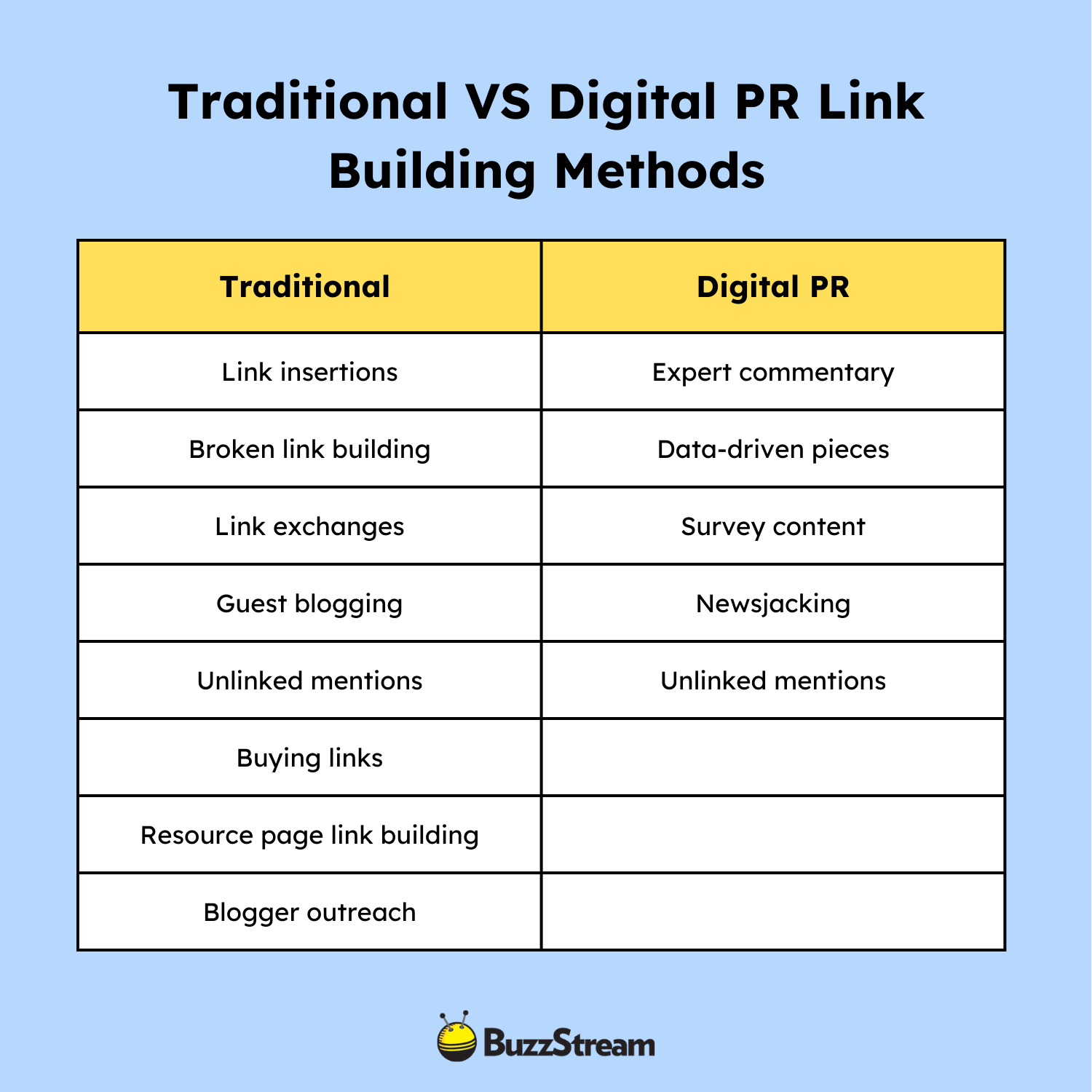
I’m cheating a bit here and putting unlinked mentions under both because they are used universally but are a more consistent and prevalent component in digital PR.
With that out of the way, let’s get into why most traditional link building doesn’t work as well.
Why Is Traditional Link Building Not As Effective Anymore?
I’m not saying that traditional link building is dead.
In fact, I’ve written extensively on this blog about how each of the abovementioned methods can still be effective.
But, each method is not as accessible, scalable, or effective as it used to be for getting high-quality links that will help you rank.
Here’s why:
More Knowledgeable Audience
I’ve found a less and less receptive audience for tactics like link insertions, resource page link building, and broken link building.
This is mainly because smarter SEOs nowadays have access to better tools. For instance, with a tool like Ahrefs or Screaming Frog, you can get a link audit to point out your broken links in minutes.
I don’t need someone to pitch me their link to replace a broken one.
However, people have also started becoming more knowledgeable about monetizing their sites, which leads me to the next point.
Proliferation of Marketplaces
Not all traditional link building tactics cost money, but you’ll need to pay for most.
And as we know from Google’s link spam policies, that’s a big no-no.
And yet, hop into Reddit’s r/linkbuilding, and you’ll see what essentially has become a link building marketplace.
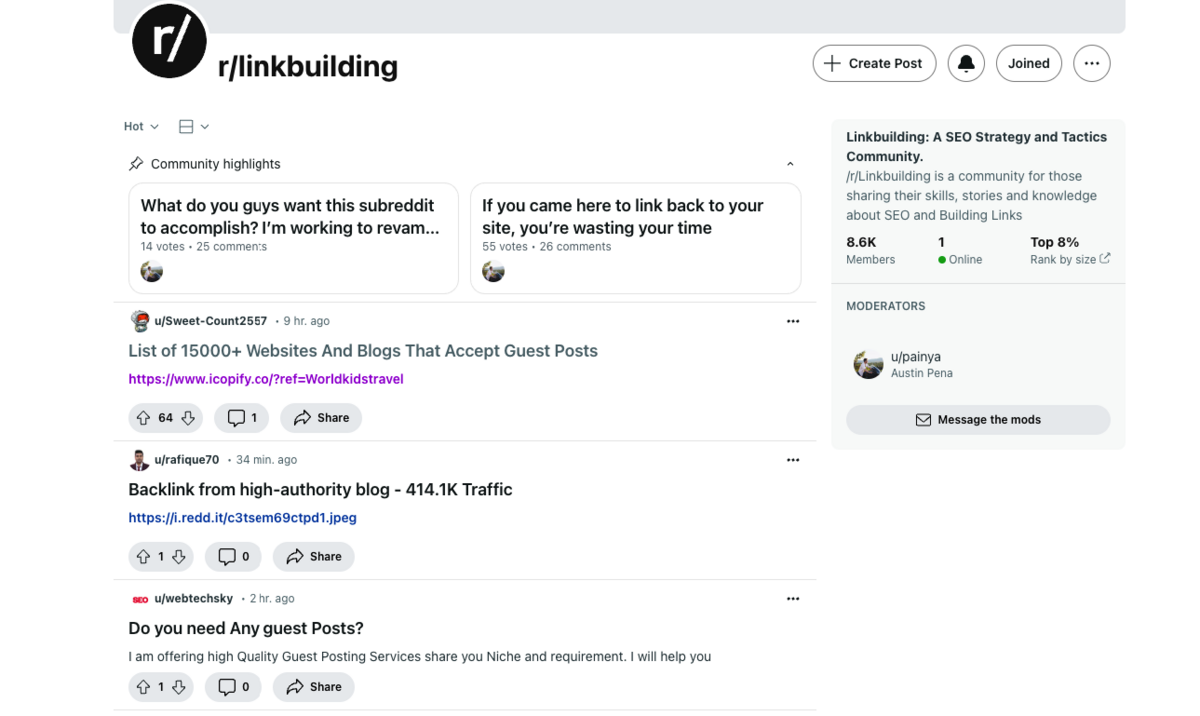
People offer “guest post sites” or backlinks from “high-authority” blogs. Many of these are either paid placements or require link exchanges (or both.)
Join any Facebook or Slack link building group, and you’ll realize it’s the same.
Once people realized that you could charge money, it became a free-for-all.
For example, guest blogging used to involve finding websites in your niche and sharing knowledge to position yourself as a thought leader.
Now, we see entire databases full of “guest post sites.” The sites on these databases feature low-quality content and only exist to place your link and get paid for it.
The below has over 41,000 websites that “accept guest posts.”
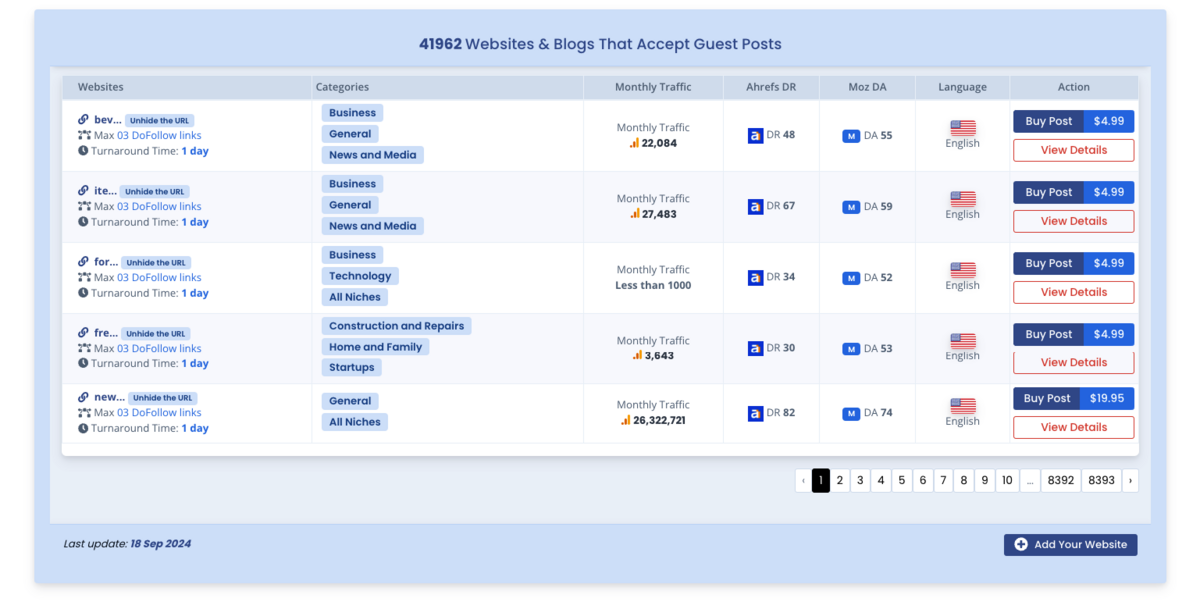
Note: We looked into the link building pricing for most of these sites and found guest posts cost an average $220, and link insertions at $141. These costs are not what anyone should spend to expect quality.
This is just one example of the exploitation that has led Google to say things like they don’t value links as highly, which I’ll get into next.
Google Values Quality Over Quantity of Links
Google has long since explained that it values quality over quantity. In one interview in 2021 with Google’s John Mueller, he described it directly: “I would tend not to focus on the total number of links to your site or the total number of domain links, because we look at links in a very different way.
…You could create millions of links across websites if you wanted to, and we could ignore them all.
Or there could be one really good link from a really good website out there that is for us a really important sign that we should treat this website as something that is relevant because it has that one link.”
Google has even made more direct claims about how you need less links to rank.
In April 2024, Google reps said things like, “We need very few links to rank pages… Over the years we’ve made links less important.”
Which they quickly backpedaled on.
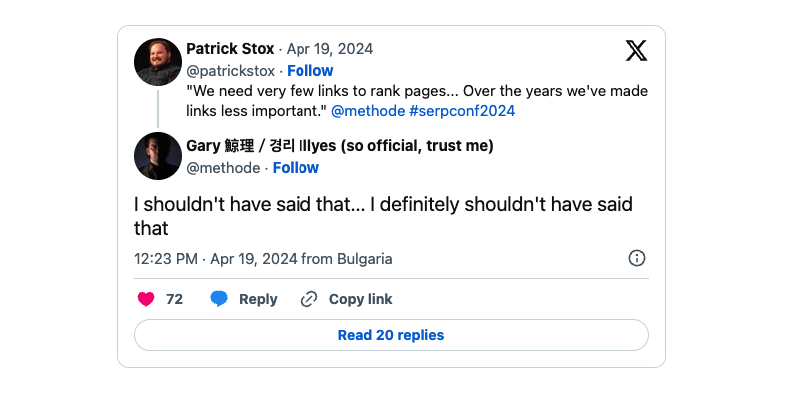
However, the fact is that with so much link noise, Google has tried to look elsewhere.
Unfortunately or fortunately, they won’t be devaluing links anytime soon (the leaked Google API information showed us links are very much a part of the algorithm).
The fact remains that Google values the quality of links over the quantity. We studied how many backlinks you need and found that most sites have way fewer overall links when filtering out low-quality backlinks.
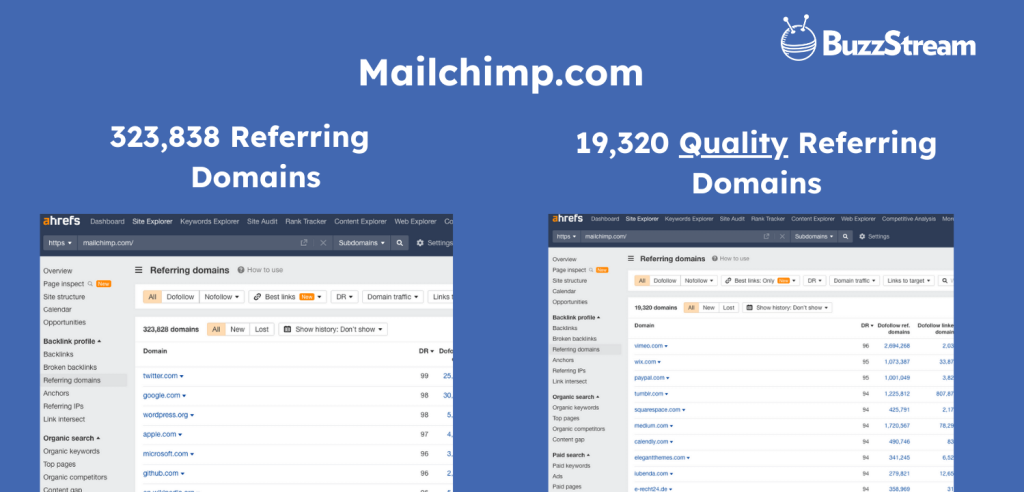
So, why are so many links low quality? Link spam.
And Google is getting good at finding it using AI.
Google Is Getting Better at Sniffing Out Spammy Practices
In 2022, they announced that they were using an AI-powered SpamBrain to detect both sites buying and sites used to pass outgoing links.
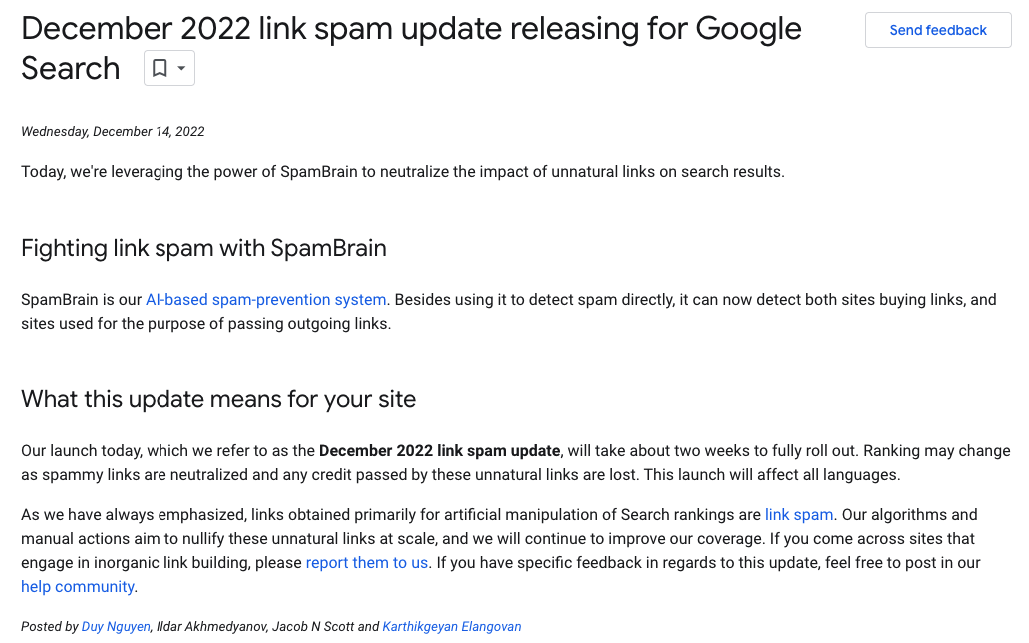
They are still using this today. They don’t necessarily penalize sites that spam links; they just don’t count the links as highly.
And if SpamBrain hasn’t found the site, the Helpful Content System certainly has.
Helpful Content Wiped Out Many Sites
If you’re unfamiliar with Helpful Content Updates, Google has released a few core updates since December 2022. However, in March 2024, the most impactful one hit, upending many sites, which we outlined in our post about the Helpful Content impact on link building.
They took a sledgehammer to low-quality sites, churning out content for ranking purposes but not built for users. Some were solely AI-written sites; others were sites created just to make money selling links.
Many people relied on low-quality sites for scaling link building (usually not realizing they were so low-quality). Still, Google battered them, and the value of those links dropped precipitously.
You can see that in this graphic below that maps the organic traffic that one of these sites had right up until the Google update:

The sites left behind were the ones that digital PR targets: high-authority news sites.
So, that leaves us with digital PR.
“New” Digital PR Benefits in 2024 and Beyond
There are two main benefits of digital PR for link building: brand awareness and SEO.
Digital PR can build high-authority links, which research has shown are highly correlated to higher ranking, visibility in SERPs, and site authority metrics, all of which fall into the SEO bucket.
Brand awareness is the broadest impact of digital PR because it mentions your brand name on highly visited news outlets. We’ve seen digital PR campaign examples that get hundreds of backlinks and press mentions.
(For more reading on this, we’ve done an impact analysis of the SEO benefits of digital PR in a separate post.)
However, the landscape is changing quickly, and in 2024, a few more things have coalesced to make digital PR even more powerful and relevant than ever.
Helpful Content Rewards Quality Digital PR Content
At its core, Google’s Helpful Content System, which has been rolling out since 2022, promotes sites that provide users with unique, helpful information—which aligns exactly with digital PR.
Digital PR strategy is based on using helpful, creative, insightful content or commentary to elevate your brand in the news.
When you create a data study or survey and pitch it to a news outlet, you are now producing and promoting quality content.
That’s why you can even see Google praising “digital PR” as a tactic.
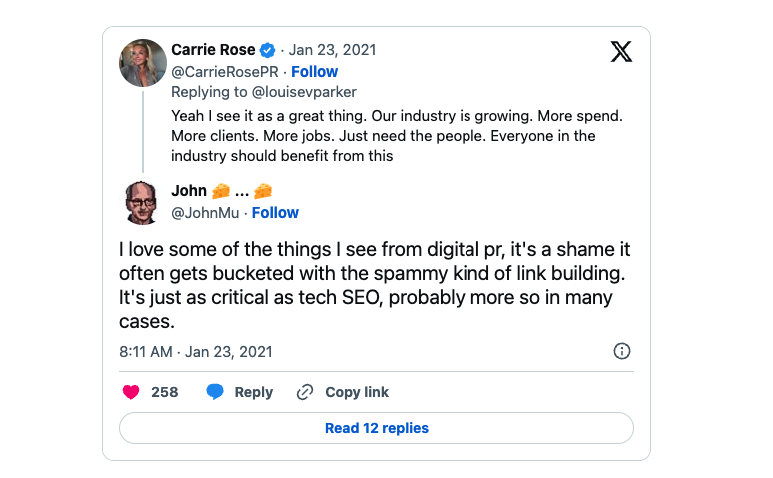
Google wants to promote this kind of content rather than sites that produce content to manipulate the search engines.
But there’s another reason that Google likes your fresh, quality content: AI.
AI Tools Love Digital PR Campaigns
Due to the growth of AI search tools like ChatGPT and Perplexity, Google has also entered the AI realm, releasing AI Overviews in its search results.
With any Large Language Model(LLM) like ChatGPT or AI Overviews, they thrive on fresh data, or “information gain,” that can come from digital PR campaigns.
Examples of “information gain” are content types like survey content or data studies. Instead of repeating what other sites say about a topic, you are producing new content for the web.
These get cited in most LLM search tools, like Google’s AI Overviews:

Even commentary and thought leadership from digital PR tactics like reactive PR or newsjacking can be considered “fresh content” because they add something new to the existing conversation.
This is also the exact kind of content journalists want based on Cision’s State of the Media report.
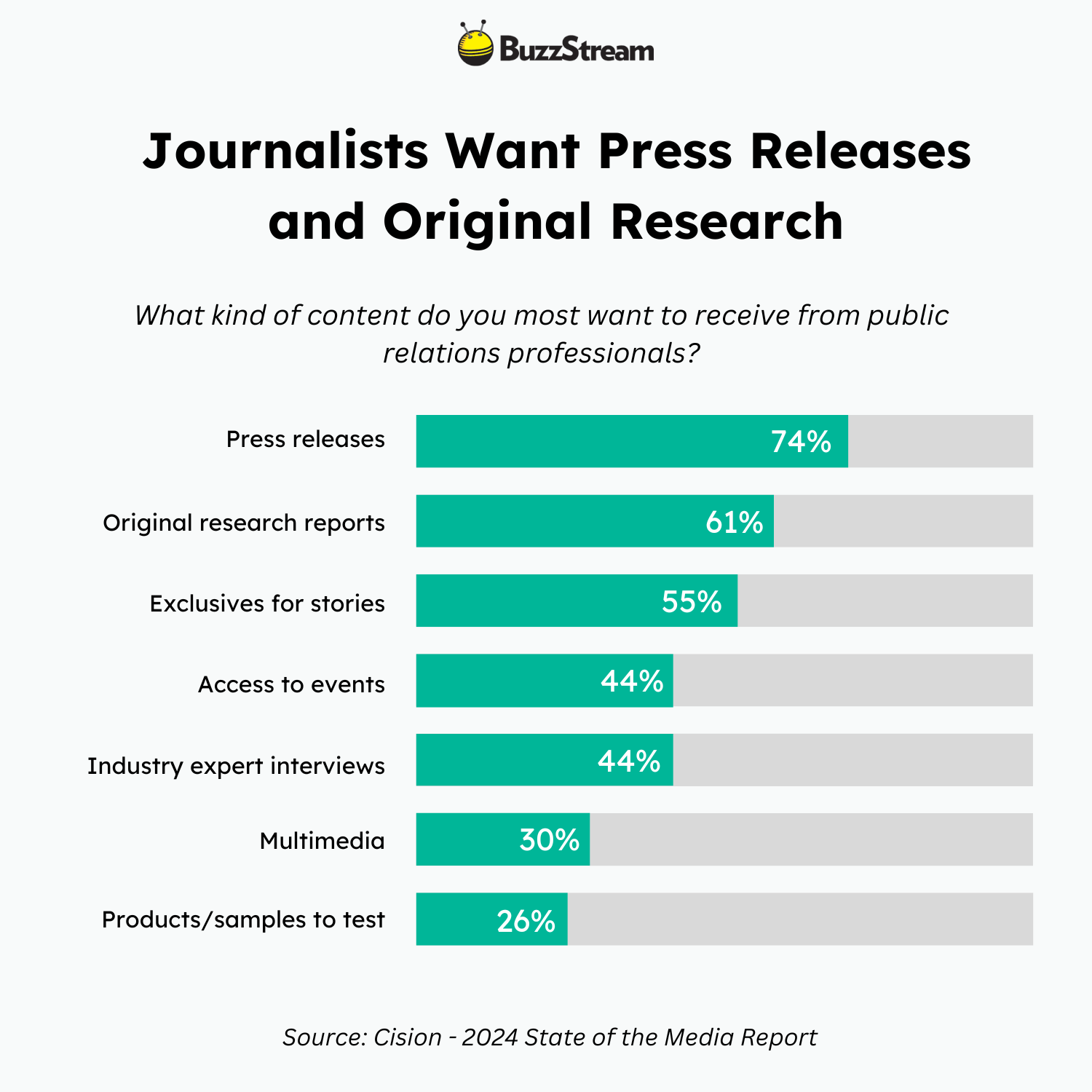
Lastly, let’s look at the benefits we discovered from Google’s leaked algorithm.
Google Leak Shows that Google Prefers Links from High-End News
Without going into this too much (we have a whole post), the leaked information on Google’s API shows that the algorithm favors links from high-authority sites and highly clicked sections of sites that get updated frequently.
As Mike King, CEO of iPullRank, one of the people who was first alerted of the leak, says in his post, “Look at that. I just made digital PR cool again,” meaning using digital PR for link building is a surefire way to get noticed by Google.

So, the links you get from being featured on highly visible news publications are worth much more than being buried on some random guest posting site or resource page.
Now that we know the benefits and why it’s essential in 2024 and beyond, let’s show you how to get started.
How to Get Started With Digital PR
Digital PR works for companies of any size at any stage in their growth.
Below are the top-level steps for getting started with digital PR. To help you get the most out of your campaign, you’ll find links to deeper blog posts about each topic.
1. Determine Your Focus Area
To succeed with digital PR, you must stay relevant to your core focus.
While you can create campaigns or pitch expert commentary outside your core product focus, the further you get outside your industry, the less impact the earned links will have on your site.
It’s sometimes a fine line, but James Brockbank of Digitaloft has a great way to think about your focus area: “What have you earned the right to talk about and be seen as an expert?”
For instance, if you are a headphone company, you can talk about hearing and music.
But it doesn’t make sense to talk about the benefits of running, even if people use headphones while running.
This approach has the added benefit of naturally synching your campaigns with relevant keywords that users may search organically.
Learn more about content relevancy from our talk with James.

You can also work backwards from where you’d want to get coverage. In the podcast, James also asks, “if Google didn’t exist, would you still want to get a link?”
For instance, would you want to get a link from a site that sells barbecue grills if you are a headphones company? Probably not. So creating content that would be interesting for grilling sites is probably off the table.
This is a great way to determine your focus area, because it keeps your ideas relevant. Let’s look at that next.
2. Determine Where You Want to Get Coverage
Having key publications in mind when you start a digital PR campaign will help you understand how to structure your content and/or where to target your email outreach.
You can break down news publications into a few different buckets:
- General news sites – CNN, The Guardian, or La Nacion
- Local news sites – WMUR New Hampshire News, Leicestershire Mercury
- Industry-specific news sites – TechCrunch, Runner’s World
Each kind of publication warrants a different kind of digital PR campaign because they have different audiences.
We’ll get into that next.
3. Develop Your Digital PR Assets or Quotes
Pretty much all news sites are open to expert commentary, sometimes called reactive PR. These are quotes that get pitched to journalists to add value to a news story.
For example, currently there are two US astronauts “stuck” in space. USA Today has quotes from a former NASA astronaut to support their article.
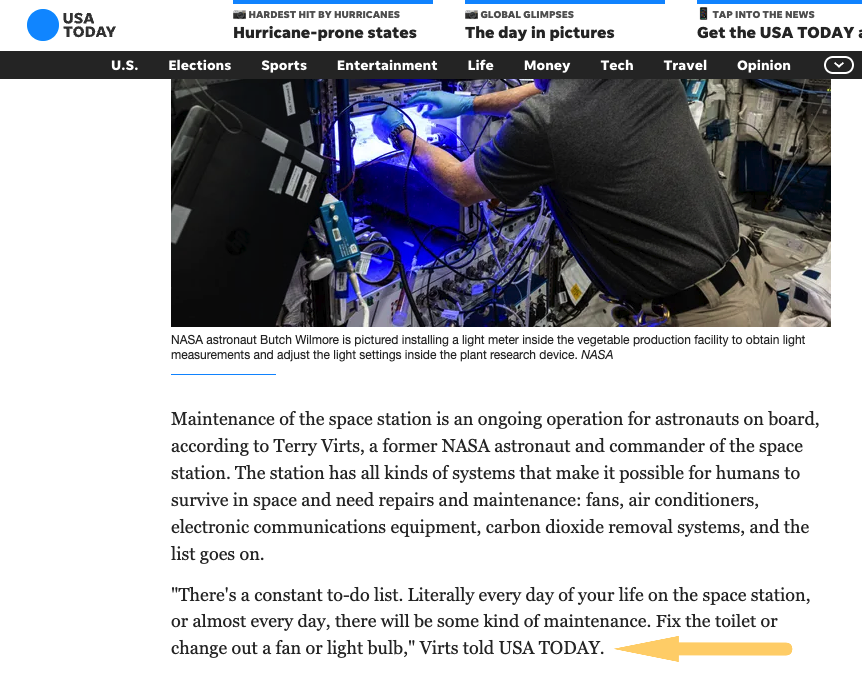
But local news will be more concerned about news in their region, which is where creating content like city studies come into play, like below’s Best Cities for Biking in the US.
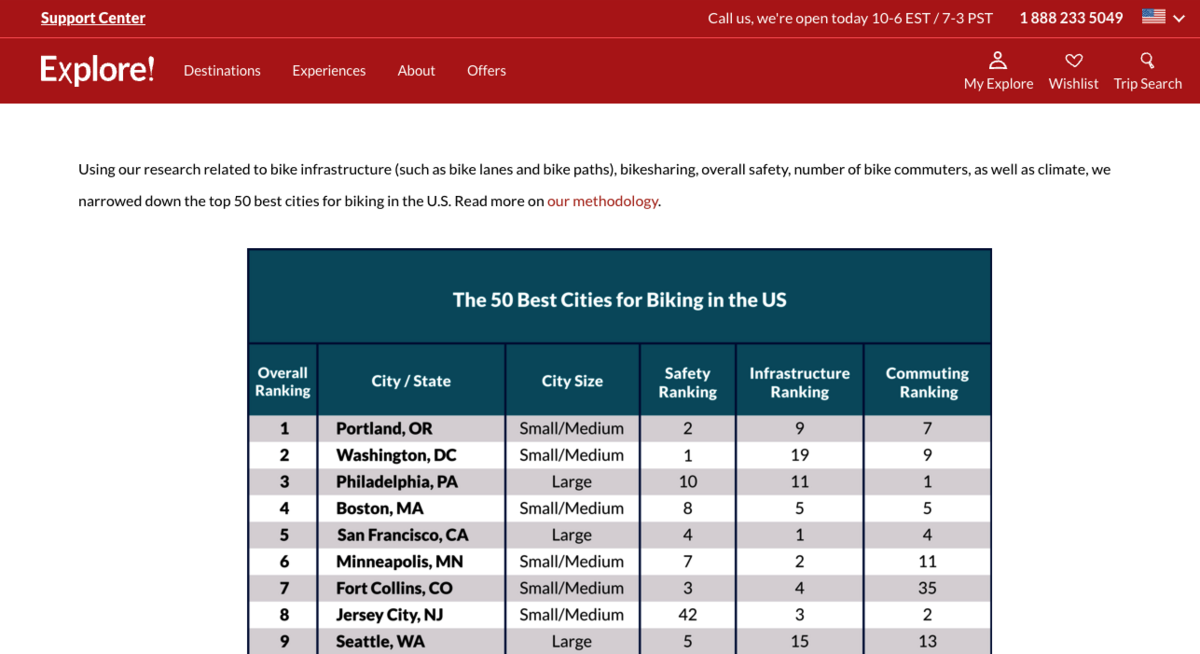
These can get pitched to local news within any of the top “winning” cities, like how this Portland area radio stadio wrote about the post below:
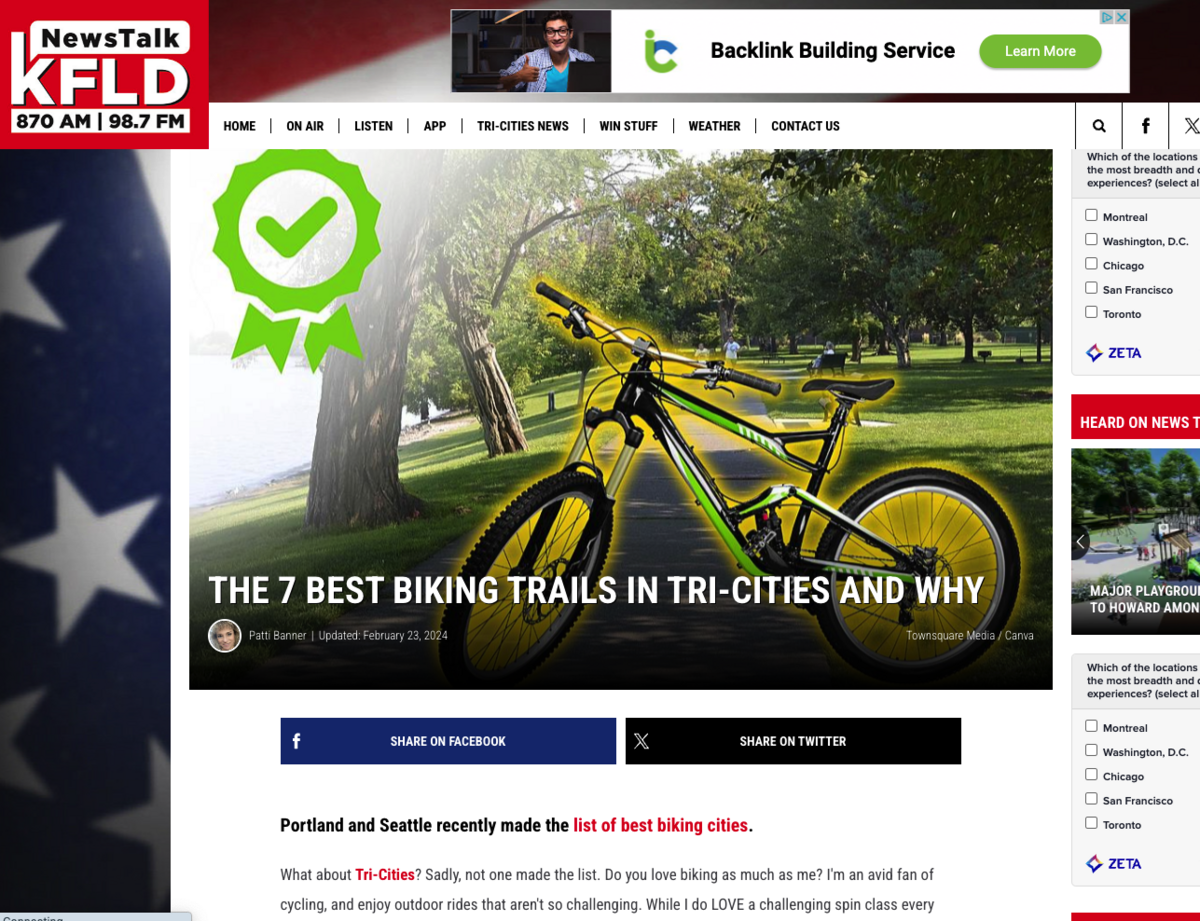
To appeal to industry-specific content, you need content relevant to a specific industry.
For example, Zillow published monthly Home Value reports by tapping into their own data sets.
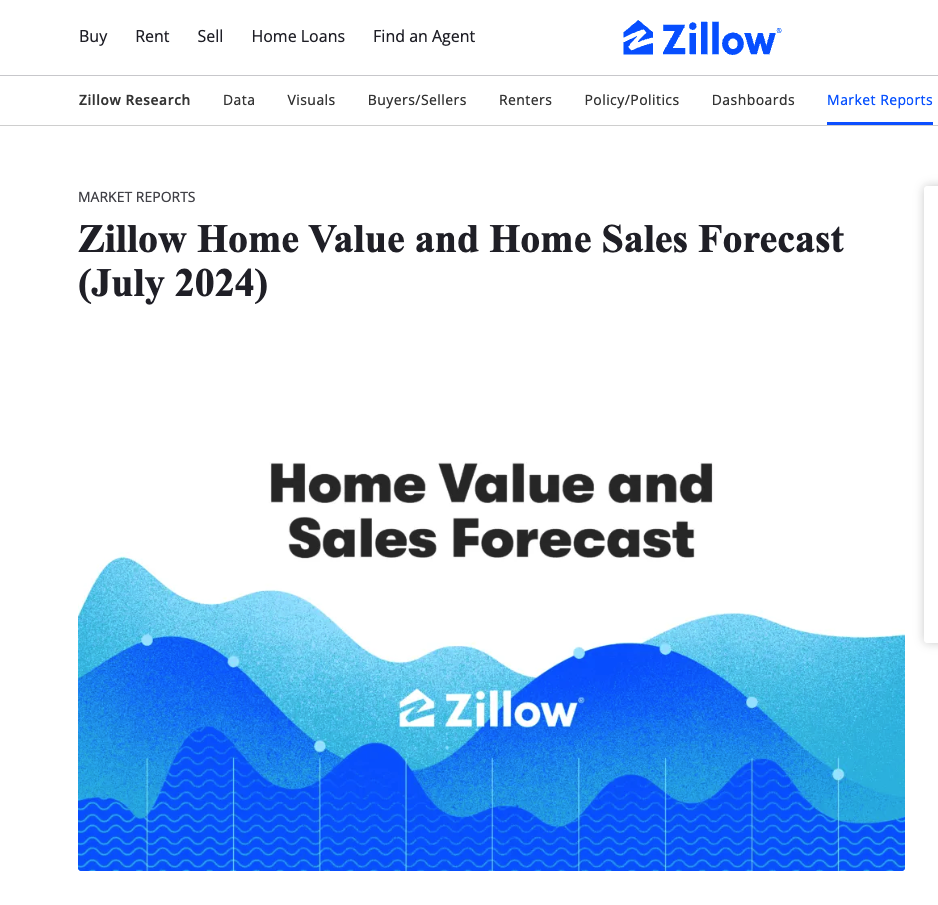
Although digital PR campaigns can run larger, much of this can be created on a shoestring budget.
For example, pitching quotes to journalists can be done on a minimal budget.
While creating larger data-driven campaigns can be more expensive (but typically yield larger results.)
Our latest podcast guest, Amelia Selby of non-profit digital PR agency SEO Travel, that works exclusively with smaller travel businesses on low budgets. She provided some great tips in our latest episode:

There are plenty of resources available if you know where to look.
4. Develop a Media List
Some folks like to create media lists before they create their campaign because they can evaluate things like audience size.
For me, I always prefer to create the content and then create the media list. The main reason is because journalists move industries and jobs so frequently, by the time you go to email one, they may have changed.
You can use a media database to create your list, but many have found them to be fairly out of date and not as accurate. We did a full breakdown of media databases in our post.
However, given that media databases can go out of date, you need to check them and update them frequently.
I prefer to build media list myself, and wrote a post on how you can do it for free.
We also have a post on how to find journalists that walks you through the process.
5. Pitch to Journalists
The last step, and one of the most important, is pitching journalists.
There are essentially two types of pitches – expert commentary and content pitches.
When pitching, you want to do all of the work for the journalist. Include all of the information to make it as easy as possible to write an article.
You also need to make sure your pitch is personalized to the journalist. We’ve outlined tips in our email personalization post.
For example, a media pitch to for data-driven content as outlined by Hannah Smith, looks like this:
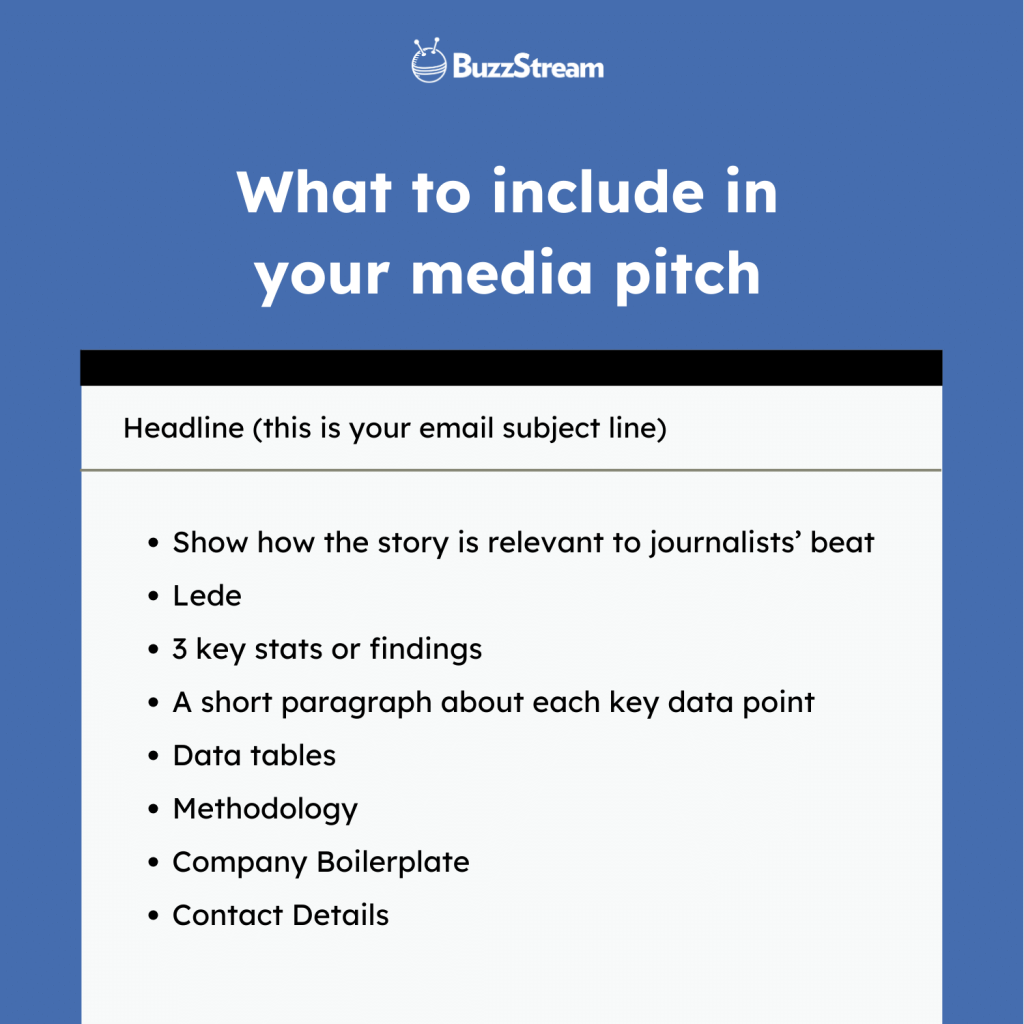
In each case, you focus on the most important information and write it in a way that is easy to understand and actionable.
We’ve also got a complete guide on How to Pitch to Journalists (according to expert journalists on the other side).
Where Does BuzzStream Come In?
BuzzStream is my email outreach platform that enables me to send and track my email pitches.
I build my own media lists based on Google searches, evaluate them in BuzzStream, and then build templates and send emails that feel personalized.
As I send emails, I can see contact history for any sites where I (or my colleagues have) previously contacted journalists. This allows me to leverage previous successes to gain more coverage this time around.
Learn more about how BuzzStream can speed up your digital PR outreach.
Digital PR is the Future of Link Building…and Branding
Each move that Google makes shows us that digital PR is the way to succeed.
But even if Google weren’t around, digital PR’s added benefits are clearly the value it brings to building your brand.
While I write this post, Google is battling claims in the courts against rulings that it is a monopoly.
If they lose, Google could be broken up or at least lose its stranglehold on the search industry.
Or, perhaps an upstart search engine like ChatGPT’s SearchGPT will replace them.
In any of these cases, if done well, digital PR puts your brand in front of your audience and customers via major news publications.
You won’t need Google anymore, just digital PR.

 End-to-end outreach workflow
End-to-end outreach workflow



 Check out the BuzzStream Podcast
Check out the BuzzStream Podcast







